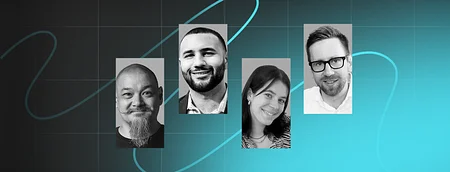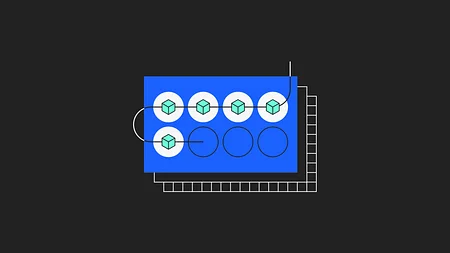WTF is an NFT?

By now we’ve surely all heard of NFTs. Seemingly overnight they’ve grown from a niche internet phenomenon to a household buzzword with everyone from Gary Vaynerchuk, Tim Berners Lee, Banksy and even Lionel Messi having a piece of the pie.
Just last month, Visa bought a CryptoPunk for an estimated $150,000 in Ethereum (ETH). Their legitimacy and mainstream status has never been higher. But what does it all mean?
WTF actually is an NFT?
Let’s start with the basics. ‘Non-fungible’ means unique and irreplaceable - you can trade one bitcoin (BTC) for another but an NFT is one-of-a-kind. ‘Token’ is as it sounds. It gives ownership or access to something. The key to my house is a token that gives me access to it. The deeds are not the house itself but they represent my ownership of it (disclaimer: I don’t own a house). In the last few years we’ve seen an explosion of digital tokens. BTC was the first. Many others have followed. This has created the idea of ‘digital scarcity’.
Up till now, the digital world has worked through replication. If I sent you an mp3, we’d both have a copy of that mp3. If I sent you an email, we’d both have a copy of that email. However, if I gave you my house key I’d no longer have it and you would. And you’d probably steal my Nintendo Switch. That’s scarcity. The same logic applies to BTC. Whilst you can trade one for another, I’d no longer have a copy of the original whereas you would. That’s digital scarcity.
Something that is unique and scarce is non-fungible. An NFT, then, is proof of ownership or access to something digital that can’t be replicated. A record of this is stored on a digital ledger - a blockchain.
Something that is unique and scarce is non-fungible.
What does an NFT look like? Literally anything. Drawings, music, memes, AI renderings. You name it, someone’s probably minted it. Kings of Leon made headlines earlier this year by releasing an album in the form of an NFT. Messi has recently launched the ‘Messiverse’ in partnership with blockchain platform Ethernity. The line between popular culture and crypto is more blurred than ever.
What are the benefits?
NFTs have the potential to completely disrupt the art collection space. What used to be reserved for those with access to the right communities is now completely global. It’s great news for aspiring artists too. Smart contracts - the digital version of legal paperwork - can give them a cut of future sales of their token. Digital assets remove the cost of creation, packaging and shipping traditionally associated with selling artwork online. In general, the space is open and participatory. Buying a piece of art as an NFT creates a direct connection with the artist as owners are inducted into special communities.
It’s also a really effective way of organising people globally around a shared interest. Some of these communities are exclusive - for example you can set up permissions on the popular community platform Discord to give token holders special access and privileges. They provide networking opportunities and can open the door to further opportunities. As a whole, the community is known to be friendly and non-discriminatory. Fans have also pointed out that NFTs are a more accessible way to preserve art over time that doesn’t involve cultural theft.
What’s the catch?
They have their fair share of critics too. Mining ETH to make, sell or buy an NFT uses a lot of computing power and energy. It’s estimated to consume roughly 44.94 terawatt-hours of electrical energy - similar to the yearly power consumption of countries like Qatar and Hungary.
Critics commonly raise another compelling point - why? Why spend more than $500,000 on a GIF of a flying cat? Especially when the art can just be copied, right? Well, yes. But there’s a difference between owning an original artwork and a copy of an artwork. Even if that original artwork doesn’t physically exist...
Critics commonly raise another compelling point - why?
So...NFTs
So. That’s a little snapshot of NFTs. One more time - an NFT is a digital asset that signifies ownership or access to something, like a piece of artwork. A record of who owns what is stored on a digital ledger known as a blockchain. NFTs are one-of-a-kind and can be bought or sold like property, but they have no physical form. They’re pretty much everywhere right now. The big question is - is this a phase? Beeple seems to think so: ‘I actually do think there will be a bubble, to be quite honest. And I think we could be in that bubble right now’.
Just how long the craze lasts remains to be seen. But NFTs’ potential to disrupt art and commerce is undeniable. At 11:FS, we’re super excited to see what the coming months and years have in store. Watch this space.
For more on NFTs, check out our Blockchain Insider Insights: NFTs defined podcast here.



